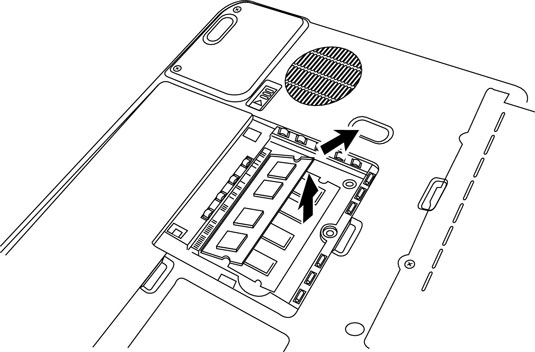Essential Steps After Attaching a CPU to a Laptop Motherboard
What Should Be Done Immediately After a CPU Is Latched in and Screwed Down to a Laptop Motherboard?
Modern laptops are complex electronic devices that require careful handling and installation, particularly when it comes to crucial components like the CPU. Once the central processing unit (CPU) is latched in and securely screwed down to a laptop motherboard, there are several essential steps that should be taken immediately to ensure optimal performance, prevent damage, and promote longevity of the hardware.
Inspection Before Powering On
After attaching and securing the CPU to the laptop motherboard, the first critical step is to thoroughly inspect the connections and the overall setup before powering on the device. Check for any visible signs of damage, ensure that the CPU is correctly seated in the socket, and confirm that all necessary screws are tightened appropriately but not over-tightened to avoid any potential issues.
Applying Thermal Paste
One of the most crucial yet often overlooked steps following the CPU installation is applying thermal paste. Thermal paste helps to ensure efficient heat transfer between the CPU and the cooling system, preventing overheating and potential damage to the processor. A small amount of thermal paste should be applied evenly on the CPU heat spreader before attaching the heat sink or cooling solution.
Attaching the Heat Sink/Fan Assembly
The next step involves attaching the heat sink and fan assembly to the CPU. Properly align the heat sink with the CPU socket and gently lower it onto the processor. Ensure that the heat sink's mounting brackets or screws align with the designated slots on the motherboard before securing the assembly in place. This step is crucial for effective heat dissipation and temperature management during the laptop's operation.
Connecting Power Supply and Peripherals
Before powering on the laptop, it is essential to connect the power supply and any required peripherals, such as external monitors, keyboards, and mice. Ensure that all connections are secure and properly seated to avoid any potential issues related to power delivery or data transfer. Double-check all cable connections before proceeding to power on the device.
BIOS Configuration and Testing
Once the hardware setup is complete, it is recommended to access the laptop's BIOS (Basic Input/Output System) to configure essential settings related to the CPU, memory, storage, and other connected components. Check for any available BIOS updates and follow manufacturer guidelines for optimizing system performance and stability. Additionally, perform thorough testing of the system to ensure that all components are functioning correctly and that the CPU is operating within safe temperature limits.
Stress Testing and Monitoring
After completing the initial setup and configuration, consider running stress tests to evaluate the laptop's performance under heavy workloads. Monitoring software can help track the CPU temperature, fan speed, and overall system health during stress testing to ensure that the hardware is operating optimally without any overheating issues or stability concerns.
In conclusion, handling a CPU installation in a laptop requires attention to detail and adherence to proper procedures to safeguard the hardware and ensure long-term reliability. By following these essential steps immediately after attaching a CPU to a laptop motherboard, users can optimize performance, prevent potential damage, and enjoy a stable computing experience. Remember that precision and care are key when dealing with sensitive components like the CPU in a laptop system.





